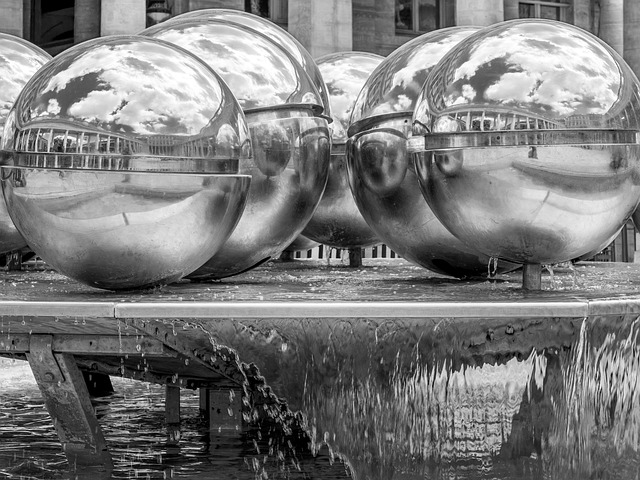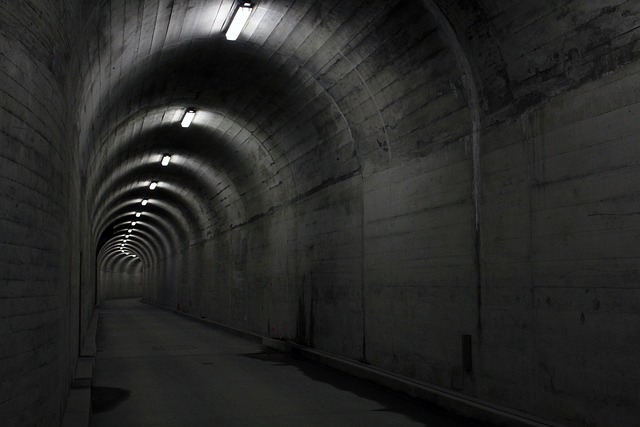Introduction to Sensory Installations
In recent years, the art world has witnessed an exhilarating rise in sensory installations, captivating our senses and reshaping our understanding of fine arts and culture. Gone are the days when art was confined to traditional canvases or sculptures; today, art is an immersive experience that invites viewers to interact physically, emotionally, and intellectually.
The Essence of Sensory Experiences
What distinguishes sensory installations from conventional artworks is their ability to engage multiple senses simultaneously. Artists leverage sound, light, texture, and even scent to create environments where viewers are not mere spectators but active participants. Imagine stepping into an installation filled with vibrant colors, tantalizing scents, and melodies that weave a story around you. Each element works in harmony to evoke emotions and stir memories, making the experience both personal and profound.
Sensory Installations in Fine Arts
Fine arts have expanded their boundaries, encouraging innovation that resonates with contemporary issues and personal experiences. Artists like Yayoi Kusama and Olafur Eliasson are prime examples of how sensory installations blend traditional artistic methods with modern technology and experiences. Kusama’s famous Infinity Mirror Rooms create a sense of boundlessness that envelops viewers in a dream-like state, while Eliasson’s installations use natural elements to reinforce our connection with the environment, transforming spaces into reflective sanctuaries.
The Cultural Shift Towards Experiential Art
The shift towards sensory installations represents a broader cultural trend that values experience over mere observation. Societies are increasingly appreciating art as a form of engagement that invites dialogue and contemplation. Museums and galleries now curate exhibitions that encourage viewers to touch, listen, and feel. This shift democratizes art, allowing diverse audiences to connect with artworks outside the restraints of traditional viewing norms.
Emotional Resonance and Community Connection
One of the most remarkable outcomes of sensory installations is their ability to foster emotional connections and community engagement. These installations often serve as safe spaces where individuals can share their stories and experiences. By stimulating our senses, artists create an environment that feels welcoming, encouraging social interaction and collective reflection. For instance, community-based projects that incorporate local narratives or cultural symbols invite audiences to become co-creators, enriching the artwork’s significance.
The Future of Sensory Installations
As we move forward, the landscape of fine arts and culture will likely continue to evolve in fascinating ways. With advancements in technology, artists are now equipped with unprecedented tools to explore the boundaries of sensory experiences. Virtual reality, augmented reality, and interactive installations have the potential to transport viewers to entirely new realms, expanding the possibilities of how we experience art.
Final Thoughts
In a world where instant gratification often reigns, sensory installations invite us to pause, reflect, and engage with art on a deeper level. They remind us that art is not just about visual appreciation; it’s about feeling, experiencing, and connecting. Through these immersive experiences, we can rediscover the power of art to unite us, provoke thought, and inspire change.




